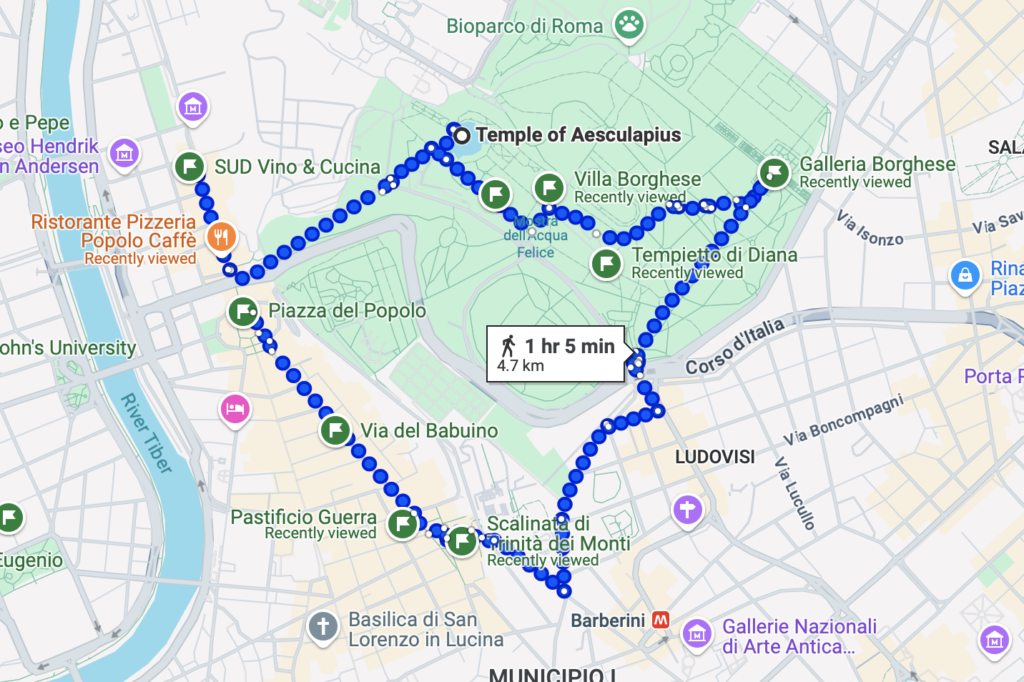There’s no better way to experience Rome than on foot. The Eternal City is a treasure trove of stunning architecture, tranquil gardens, and buzzing piazzas, all waiting to be discovered. Today, let’s embark on a walking adventure through some of Rome’s most charming spots, starting with a delightful lunch at SUD Vino & Cucina, and ending with the grandeur of Piazza del Popolo.
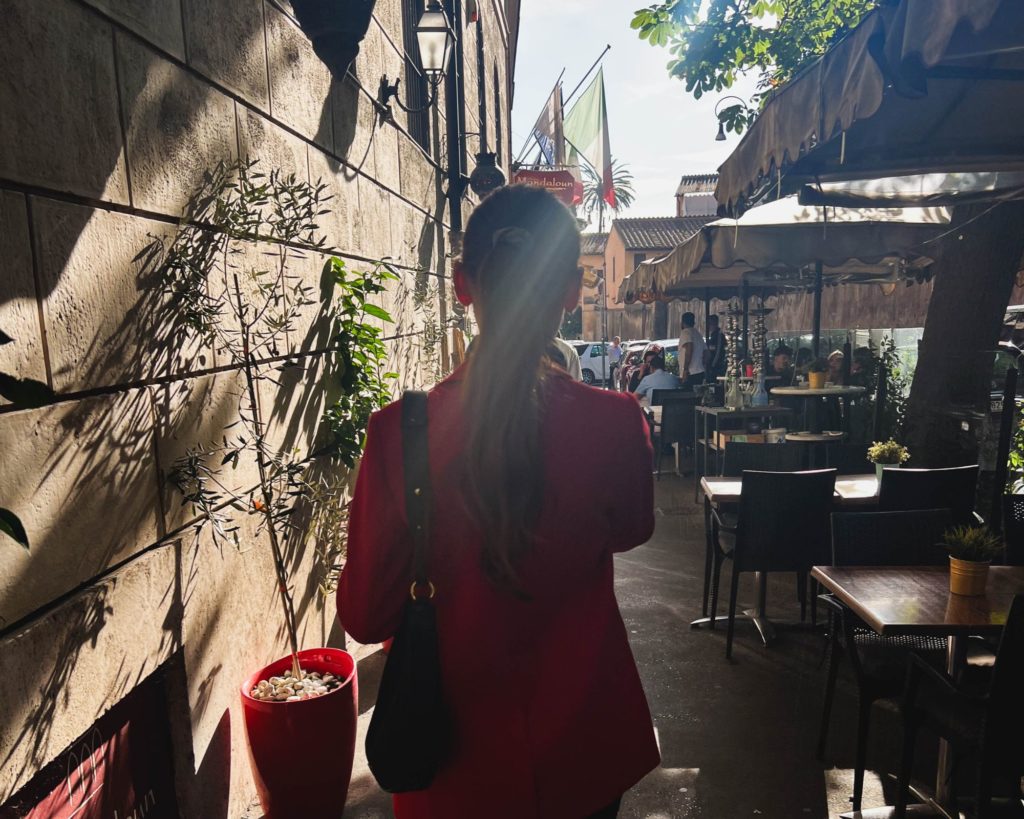
Our adventure begins with a feast at SUD Vino & Cucina, a gem tucked away from the hustle and bustle of the tourist areas.
The Meal
The Sautéed Mussels, served in a delicate broth with hints of garlic and white wine, are simplicity at its finest—an ode to Italy’s coastal culinary traditions. The Fettuccine Triplo Basilico is equally spectacular, with three varieties of basil infusing the pasta with layers of herbal brightness. Each bite feels like a celebration of Italian flavors.
Why It’s the Perfect Start
This cozy trattoria not only serves incredible food but also offers warm, attentive service. Its relaxed atmosphere invites you to take your time, savor every bite, and get ready for the adventure ahead.
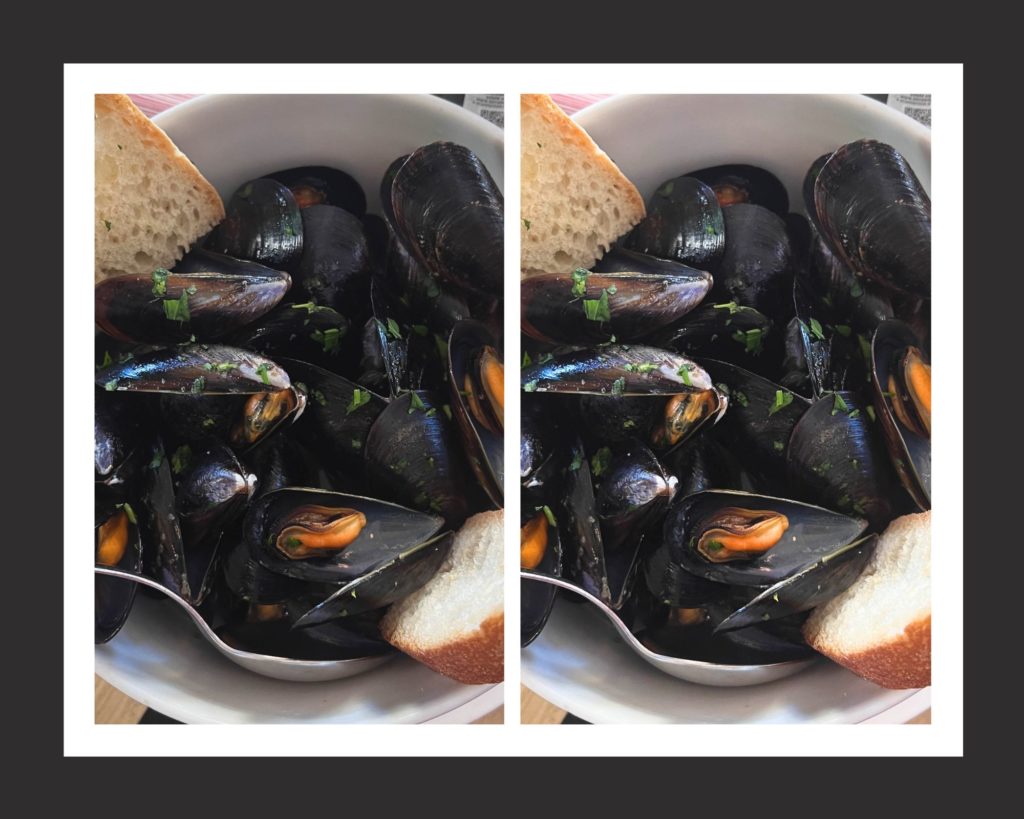
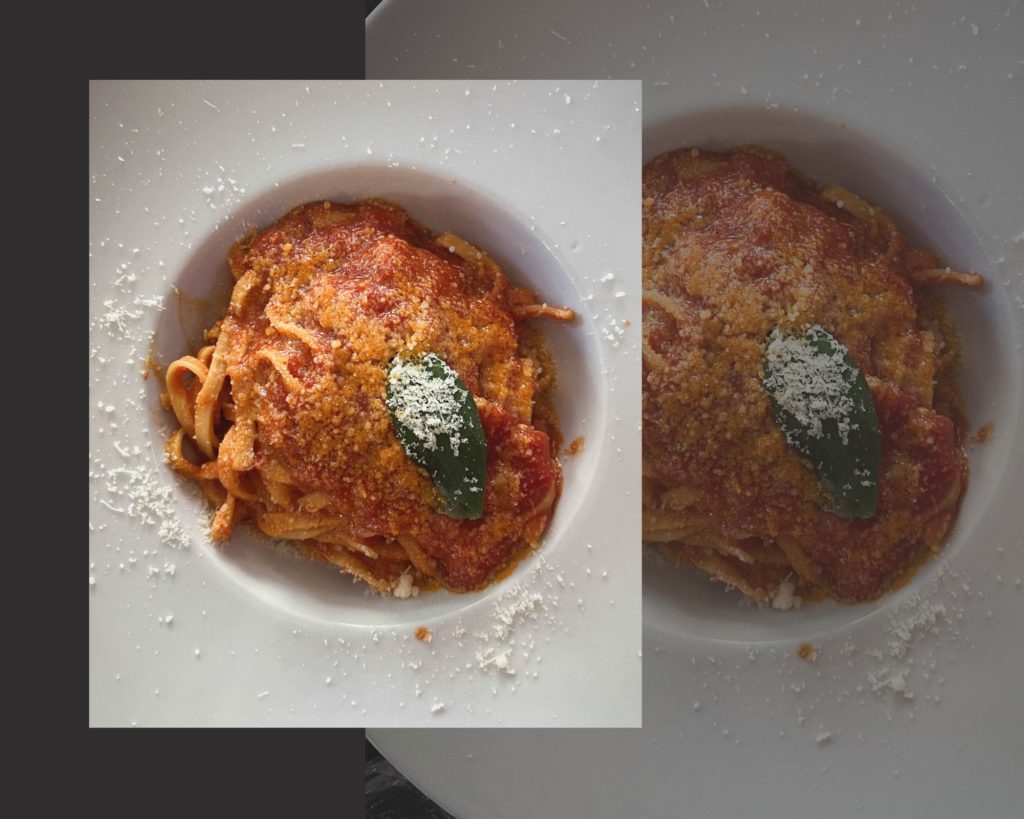
A scenic 20-minute walk from SUD Vino & Cucina brings you to the sprawling Villa Borghese Gardens, one of Rome’s largest and most beloved parks. Once the private estate of Cardinal Scipione Borghese, the gardens were transformed in the 17th century into a public space filled with sculptures, fountains, and verdant landscapes.
Highlights of Villa Borghese
- Temple of Aesculapius
Situated on a serene pond, this elegant 18th-century temple is dedicated to Aesculapius, the Greek god of medicine. The setting is idyllic, and renting a rowing boat for just €3 per person lets you experience the tranquility of the scene up close. It’s a postcard-worthy moment that feels straight out of a romantic film. - Casina del Lago
After soaking in the beauty of the temple, stop at Casina del Lago, a delightful café offering the perfect Italian pairing: espresso and tiramisu. The coffee is rich and robust, while the tiramisu is creamy, with just the right balance of cocoa and mascarpone. - Piazza di Siena
This vast square within the gardens is a historic site for equestrian events, dating back to the 18th century. Surrounded by cypress trees, it exudes an air of timeless elegance and is a peaceful spot to take a breather. - Galleria Borghese
No visit to Villa Borghese is complete without exploring the Galleria Borghese. This 17th-century villa-turned-gallery houses an incredible collection of Baroque and Renaissance art, featuring masterpieces like Bernini’s Apollo and Daphne and Caravaggio’s Boy with a Basket of Fruit. The art, combined with the ornate architecture of the villa itself, makes for an unforgettable cultural experience.
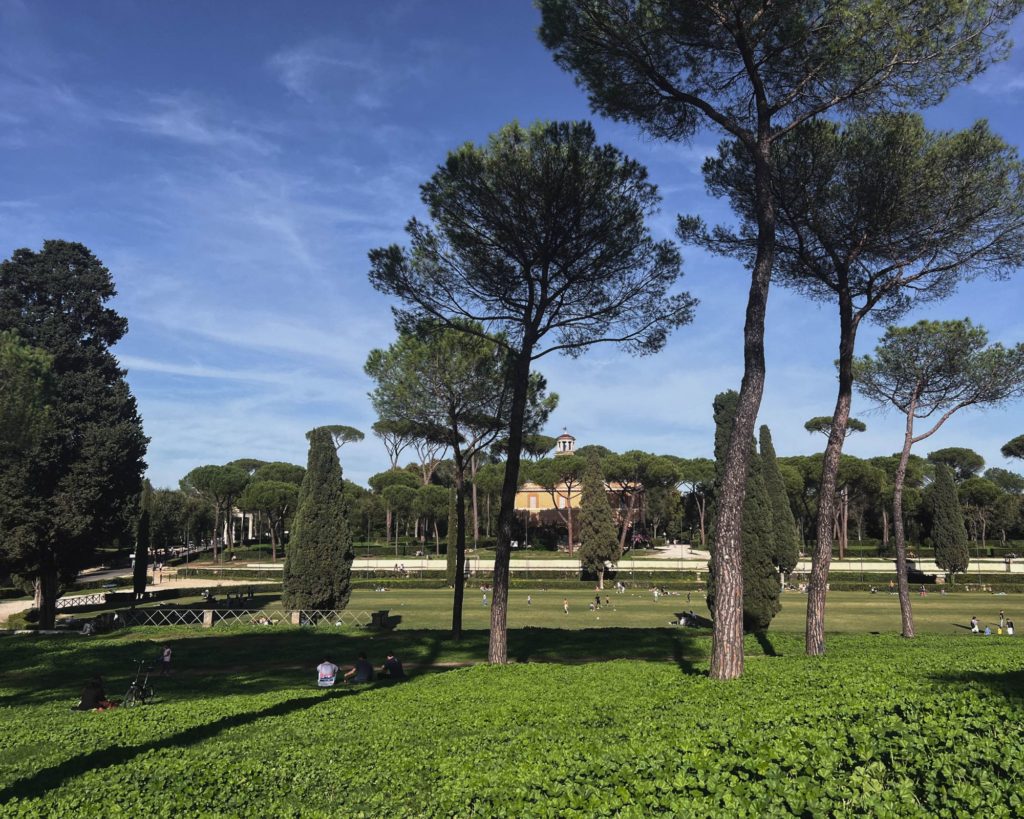
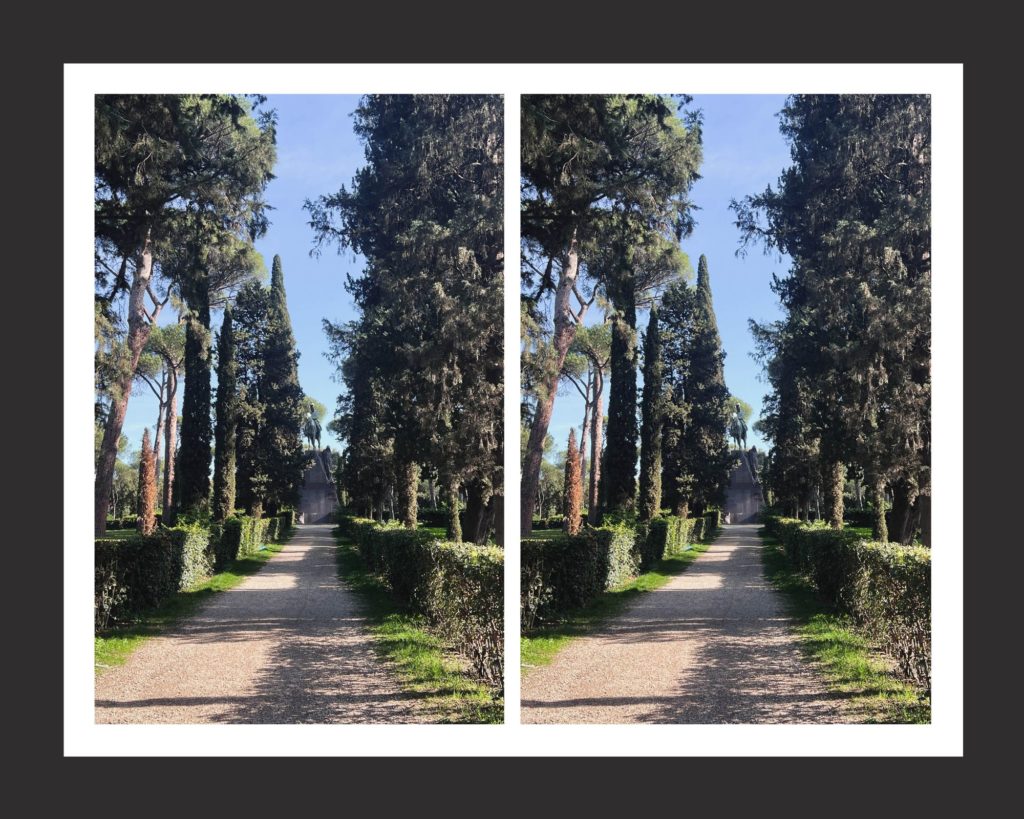
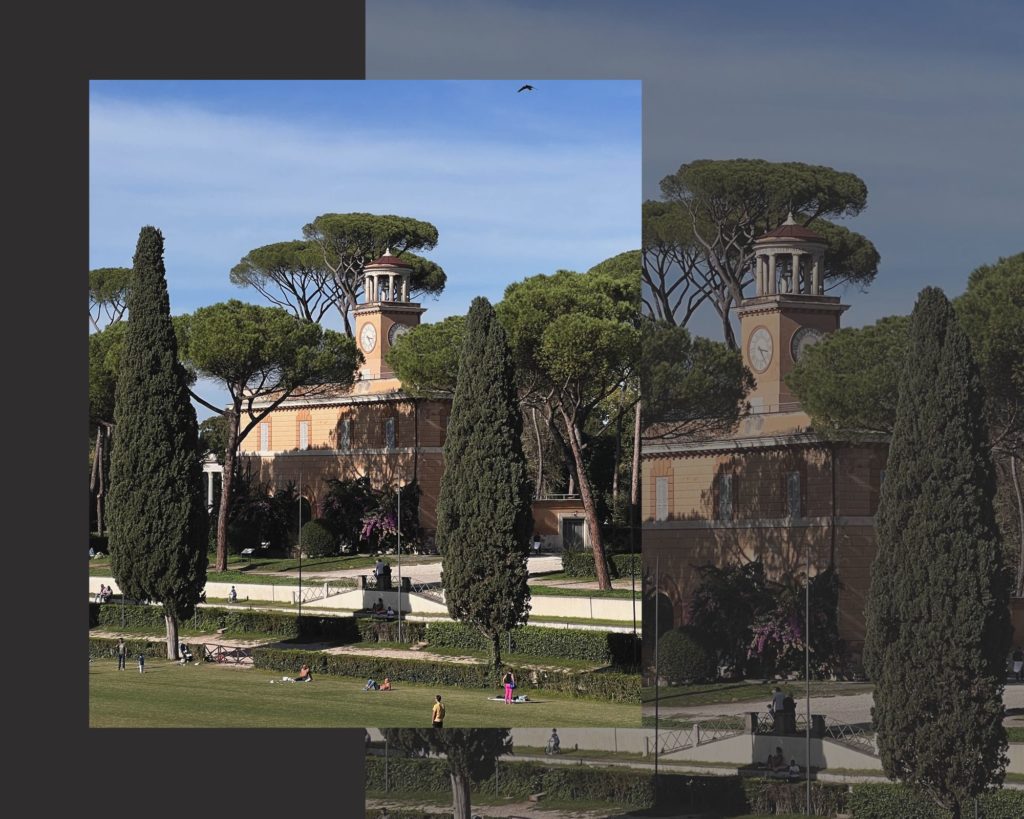
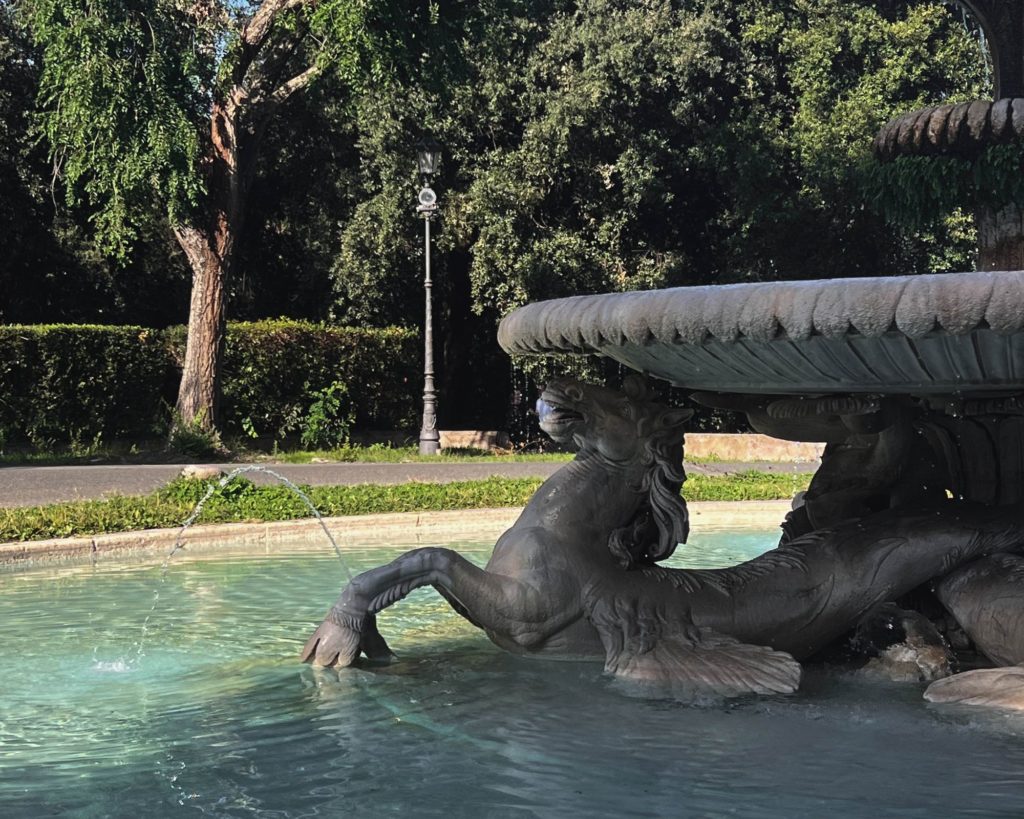
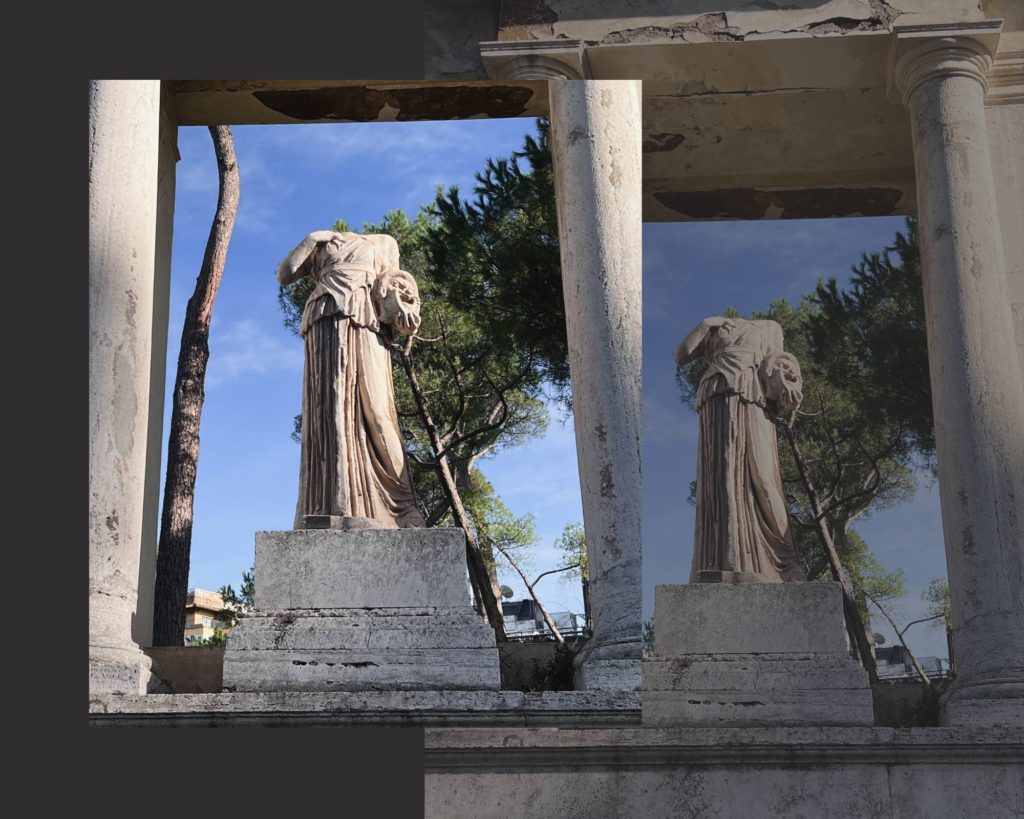
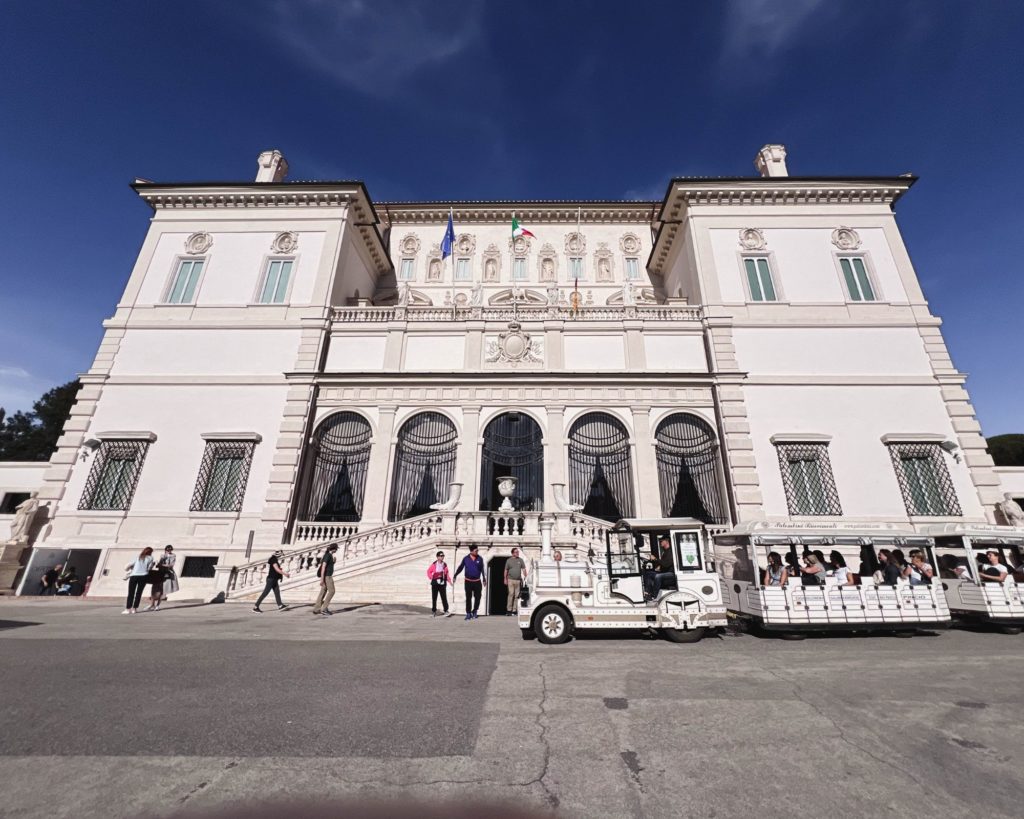
Third Stop: Scalinata di Trinità dei Monti (Spanish Steps)
Leaving the gardens behind, a 15-minute stroll brings you to the world-famous Spanish Steps, built in the 18th century to connect Piazza di Spagna with the Trinità dei Monti Chapel.
The Spanish Steps
This grand staircase, with 135 steps, is an architectural marvel designed by Francesco de Sanctis. Its sweeping curves and terraces create a dramatic visual connection between the piazza below and the chapel above. In the spring, the steps are adorned with blooming azaleas, adding a vibrant touch to their timeless beauty.
Trinità dei Monti Chapel
At the top of the steps stands the elegant Trinità dei Monti, a late Renaissance church completed in the 16th century. Inside, you’ll find stunning frescoes and a peaceful ambiance, offering a moment of reflection amidst the city’s hustle.
Important Notes
Sitting on the Spanish Steps is no longer allowed, a rule strictly enforced to preserve their historical integrity. Be prepared for crowds, especially during peak hours, but don’t let that deter you from enjoying this iconic spot.
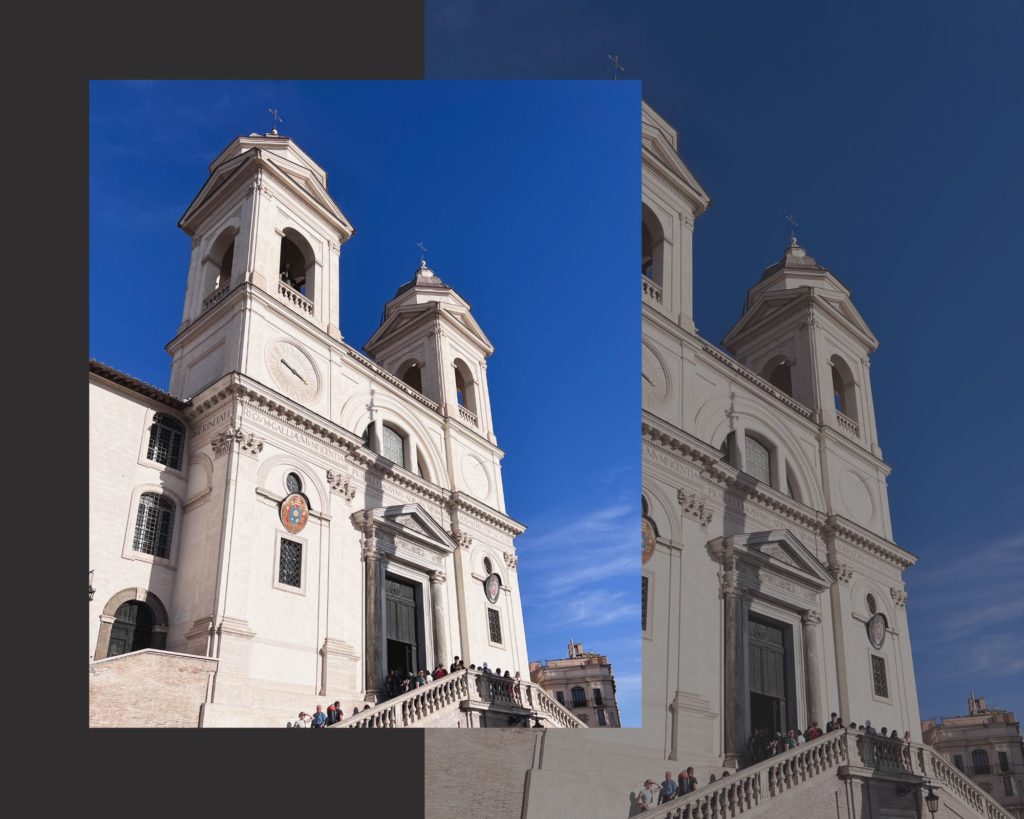
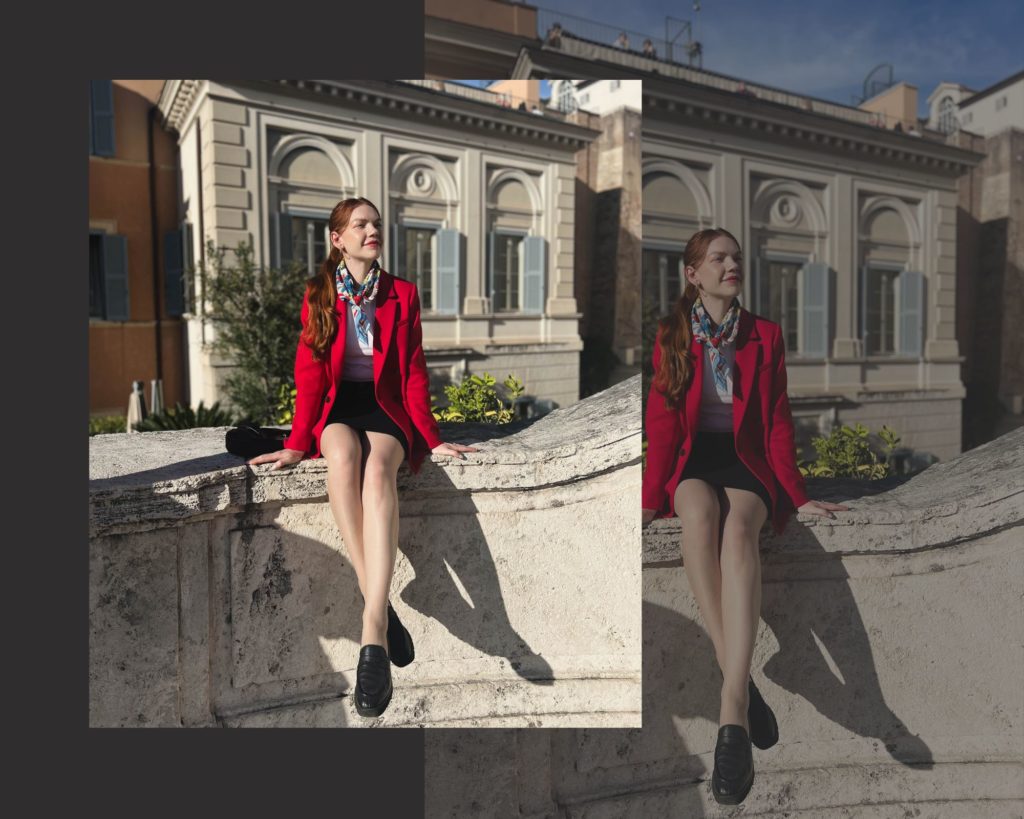
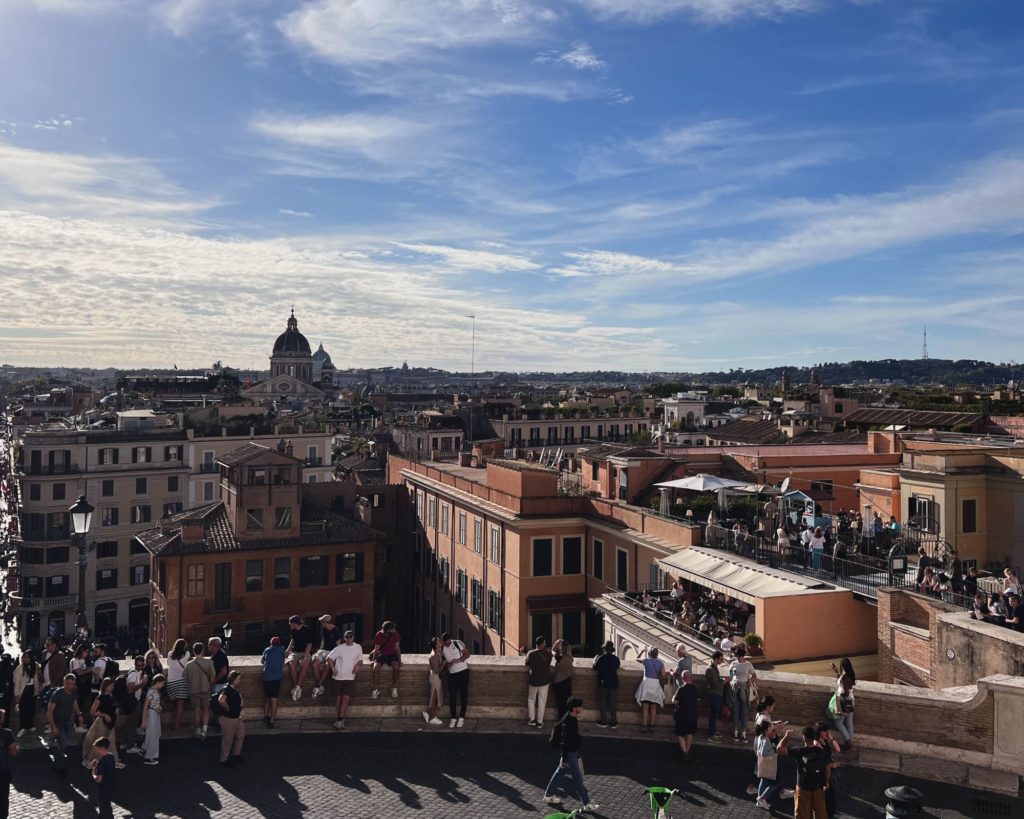
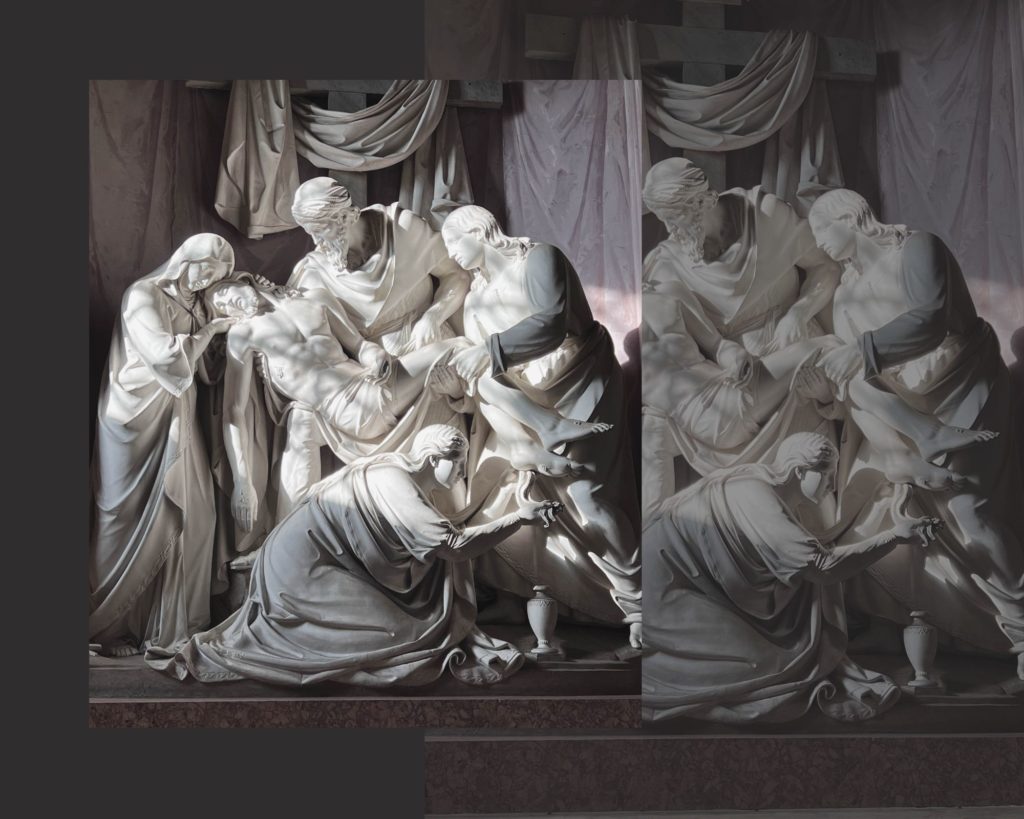
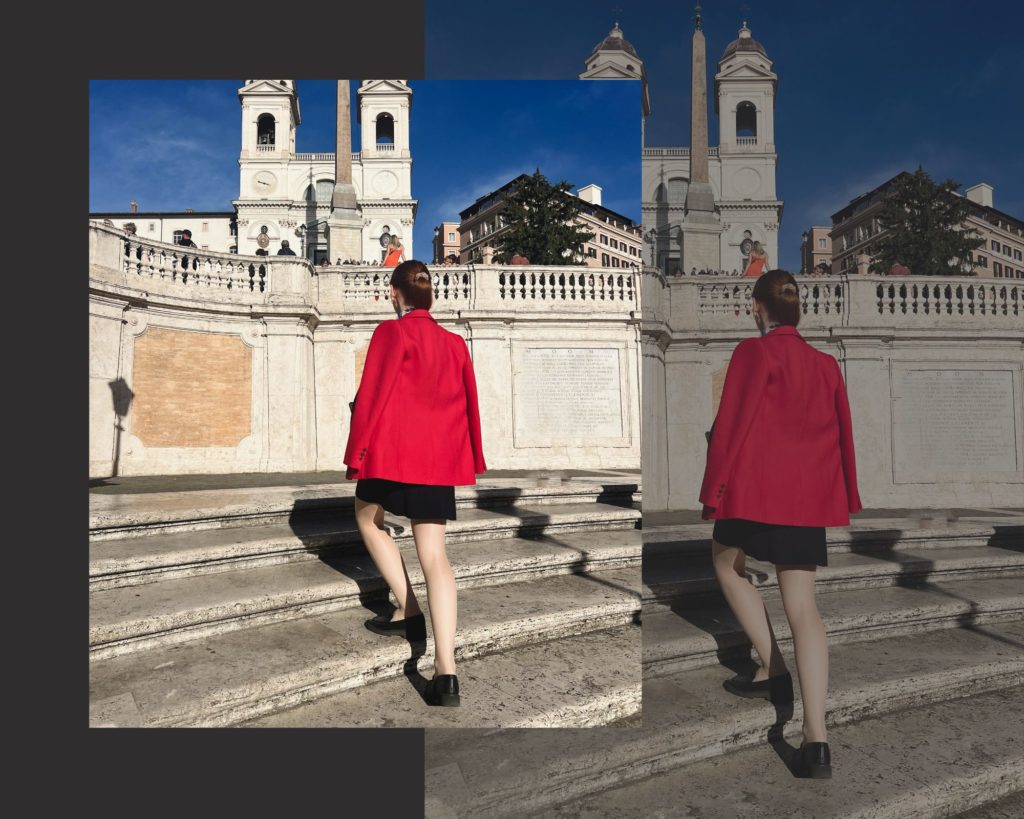
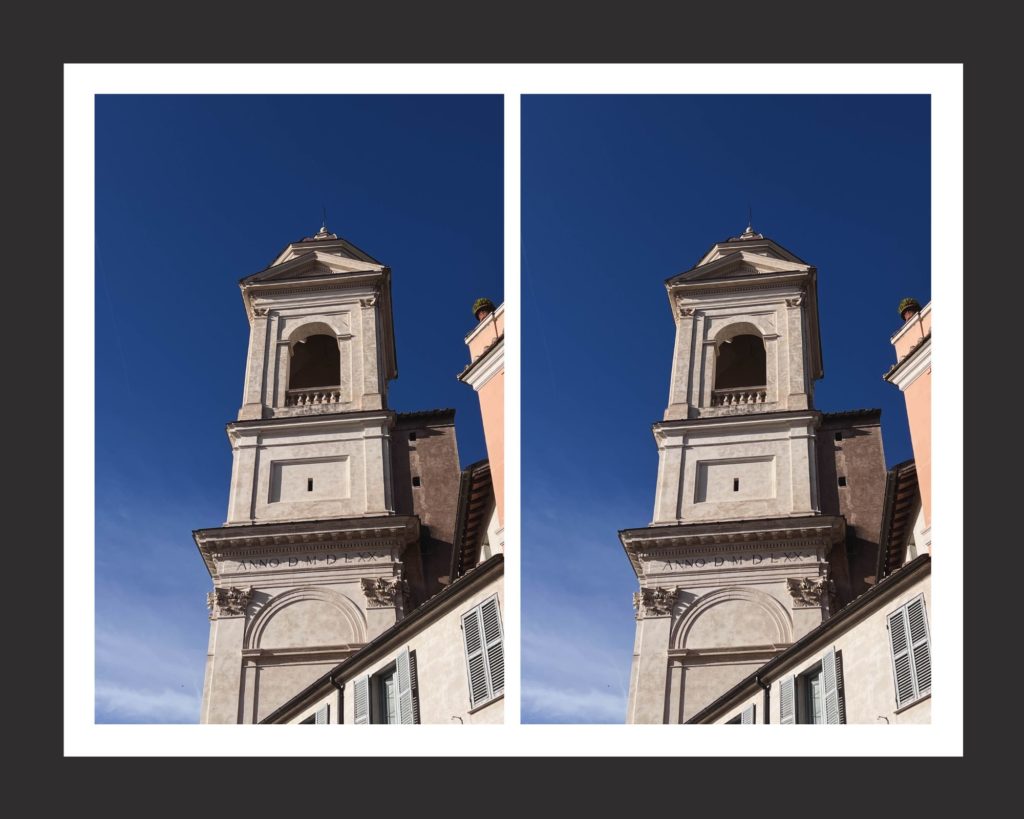
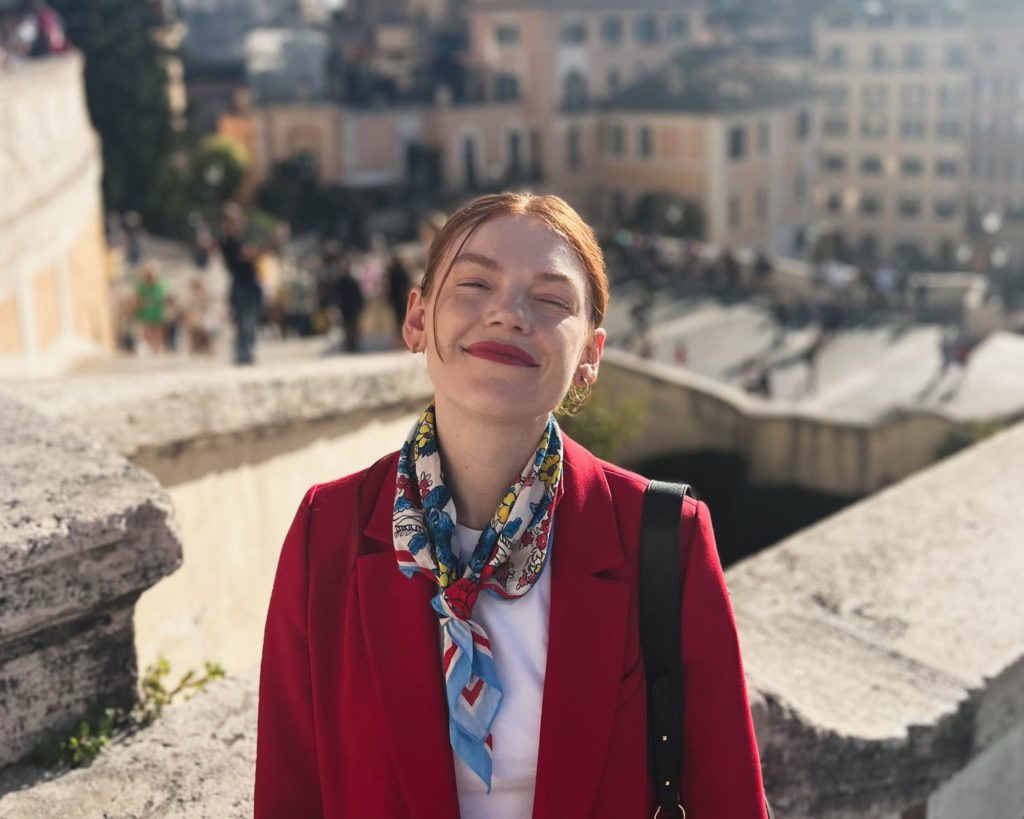
Fourth Stop: Piazza del Popolo
From the Spanish Steps, head down the picturesque Via del Babuino, a 10-minute walk lined with artisan boutiques, high-end shops, and charming cafes. This route leads you to the grand Piazza del Popolo, one of Rome’s most historic squares.
The Piazza
Designed by architect Giuseppe Valadier in the early 19th century, Piazza del Popolo is a masterpiece of symmetry and elegance. It’s anchored by the Flaminio Obelisk, an ancient Egyptian monument brought to Rome by Emperor Augustus.
The square is flanked by two nearly identical Baroque churches—Santa Maria dei Miracoli and Santa Maria in Montesanto—and the monumental Porta del Popolo, the northern gate of the ancient Aurelian Walls. Historically, this piazza was the first sight of Rome for travelers entering the city from the north.
The Beauty and Significance
Piazza del Popolo offers a unique blend of history, art, and lively atmosphere. Whether you’re marveling at the architecture, enjoying a gelato, or watching street performers, this square captures the essence of Rome’s timeless charm.
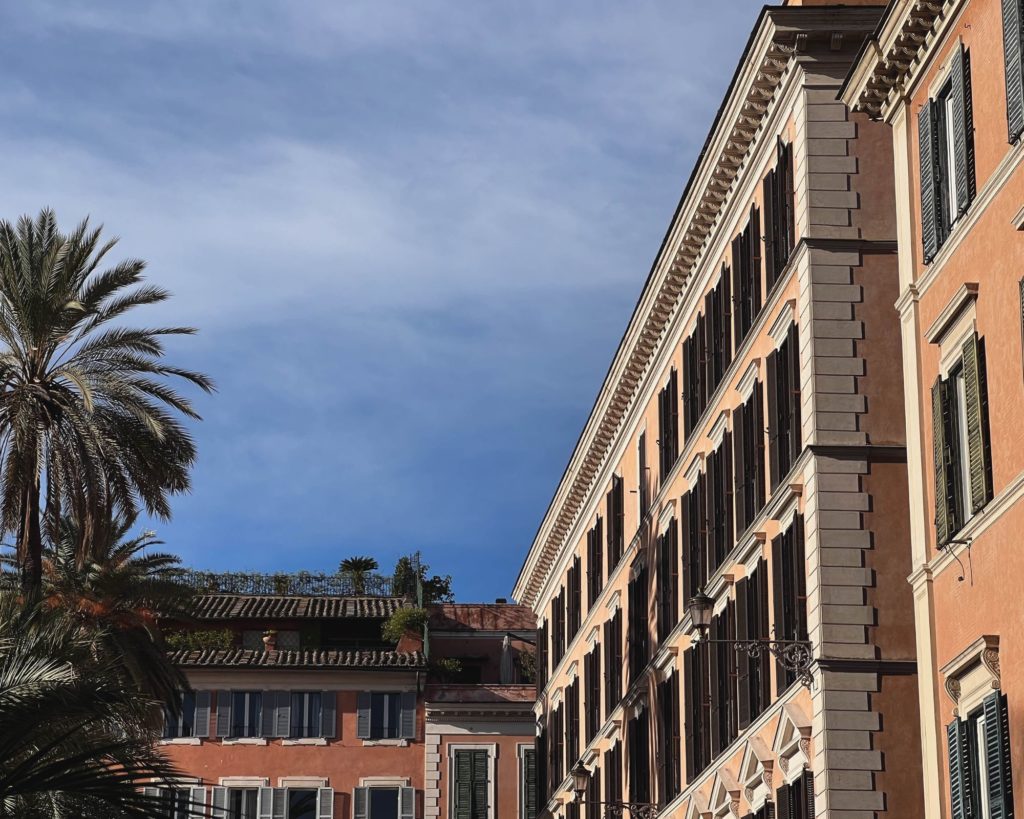
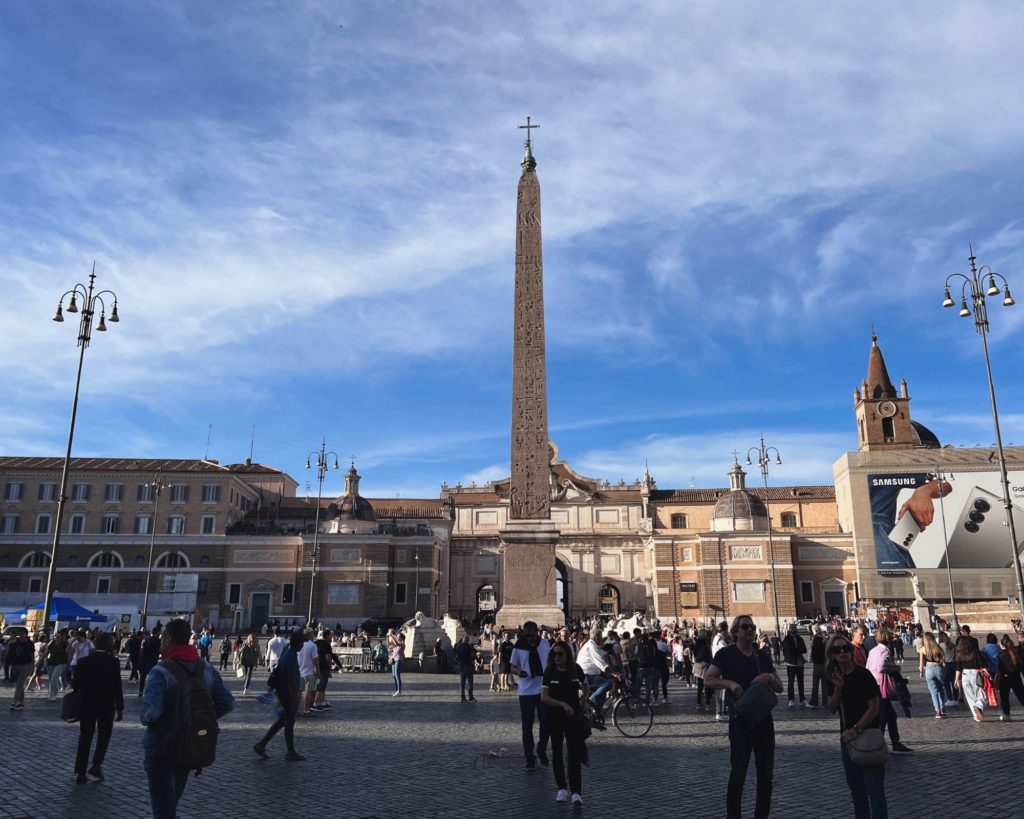
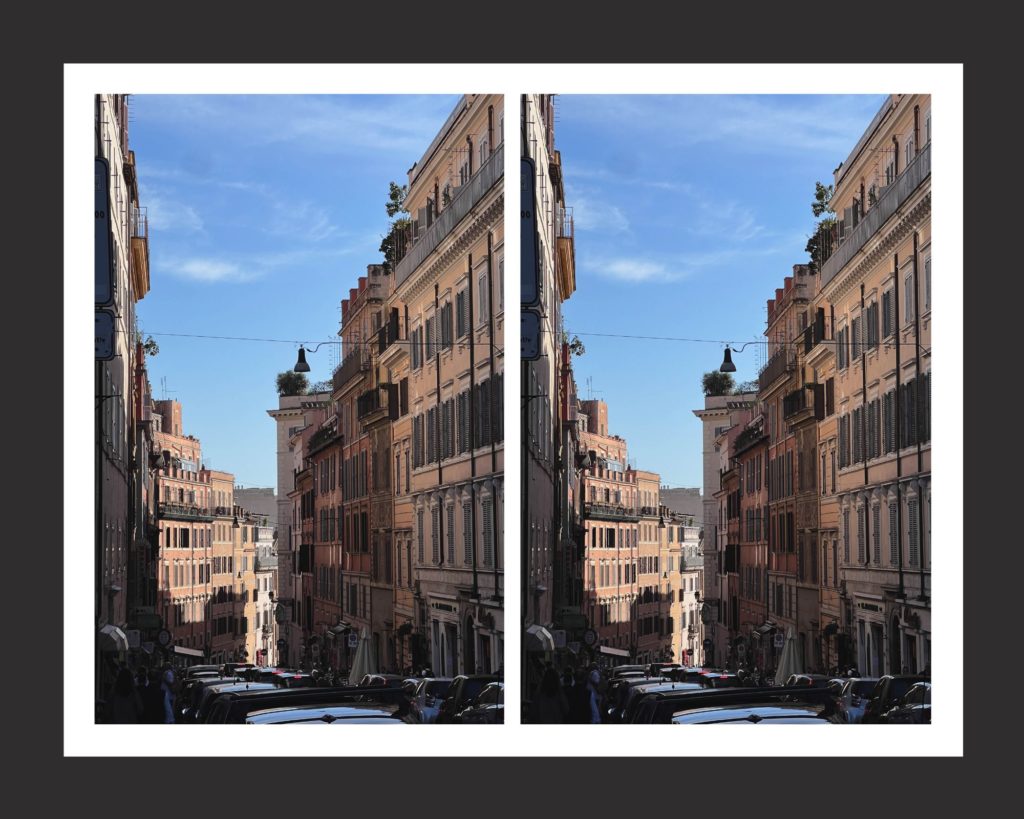
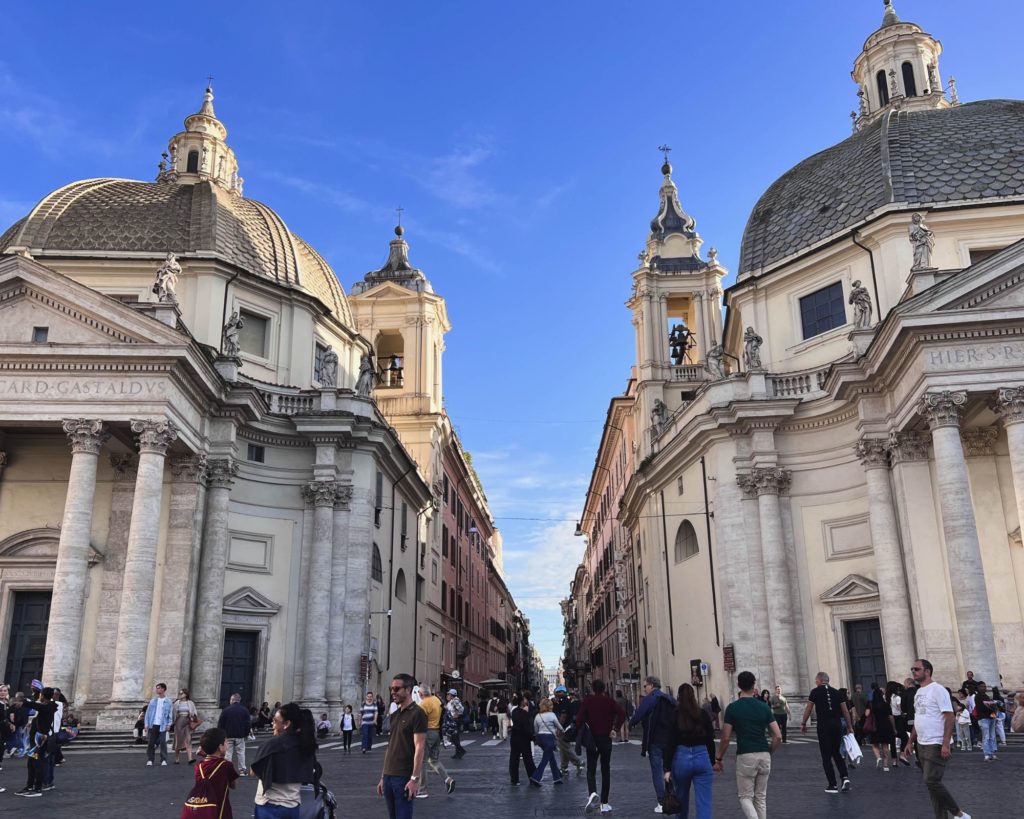
This walking route, covering approximately 4 miles (6.5 kilometers), takes about 5-6 hours, including time to savor meals, explore landmarks, and soak in the atmosphere. From the delicious start at SUD Vino & Cucina to the grandeur of Piazza del Popolo, this journey offers a perfect balance of food, history, art, and nature.
Rome isn’t just a city—it’s an experience. And with every step, you’ll find yourself falling deeper in love with its beauty, stories, and irresistible charm.
Would you like a visual map of the route to accompany your blog? Not a problem!
